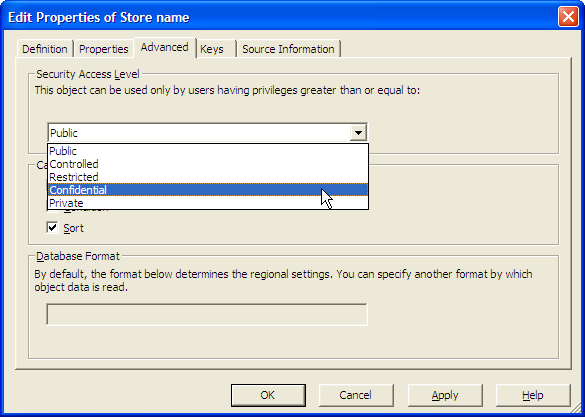I’m not participating in this podcast, but Jamie Oswald gives me a nice (and appreciated) shout-out. Along the way Jamie, Eric, and the rest of the crew talk about “must see” presentations and other plans for the BusinessObjects user conference coming up in a few weeks. It’s worth a listen.
SBOUC Pre-Conference Podcast
If you’re in the Dallas / Fort Worth area, and you’re not familiar with the local ASUG chapter meetings, tomorrow is a great chance to get introduced to the event. We have some wonderful speakers lined up, and then there’s me. 😛 Ginger Gatling is speaking, and she is a real dynamo when she gets behind a podium. I always enjoy hearing her speak. My friend (and ASUG Crystal SIG Chair and Reportapalooza competitor) Brian Durning is going to deliver a Crystal presentation. I’m going to update an old presentation of mine from six years ago, and make everything work in the new Web Intelligence Rich Client (WRC). It was a bit frustrating that so many things had to be updated. I have one trick with filters that I have not managed to get working on the new platform because the functions don’t work the same way now, but that’s another blog post.
If you’re not a member of ASUG yet, then why aren’t you? ASUG announced earlier this year that membership for BusinessObjects-only customers is free (that’s FREE) from now until the end of 2011. Seeing a local chapter meeting is one way to take advantage of that. Getting a discount on attending the fall conference in Orlando is another. Connecting to www.asug.com to review old recorded podcasts is still another way to see what ASUG has to offer, so why aren’t you doing any of these things? 🙂
Related Links
Comments Off on DFW ASUG Chapter Meeting, Friday, September 16
In the “good old days” we used to have a somewhat primitive form of object-level security. In the universe a designer could pick from one of five security access levels for each individual object. The settings were public, controlled, restricted, confidential, and private. The text was just a placeholder; behind the scenes the values were stored in the OBJ_M_ACTOR table as as value from zero (0) to four (4). As long as a user had a security level that was greater than or equal to an object security level, that user could see that object.
Last week I was asked to discuss security objects on a universe, and of course I thought about this. However, it seems that there is no matching setting in the CMC anymore. In my experience, nobody used this feature very much (it’s not very flexible and it takes a long time to set up) but it seems weird that it’s just gone from CMC.
Is anyone using this feature? If so, how to you configure the user side of the system?

I am happy to be able to (finally!) report that my universe “diff” tool (first mentioned a long time ago) is nearing completion. I have been using this partially completed tool on my own for many years, but the only things it compared were objects and predefined conditions. As such it was somewhat useful (mostly to me) but since it was not complete I did not release it even internally to my employer. When I started to extend the code to compare joins, tables, contexts, and other universe components I soon realized that the way I had originally written the code was not very modular. I was going to have to either write specific routines to compare each universe component, or go back and rewrite what I had in order to make it more generic. I didn’t do either of those things. 🙂
As of today I have completed the rewrite and am now going to extend the comparison to other universe components. I expect to have the final code ready to demonstrate (and release) during my talk Change Management Strategies For Universe Developers at the fall BusinessObjects conference. And of course once I release it there, I will also set up a way to download the code here on my blog.
Why use this tool rather than some of the other tools that are available? For one thing, it will be free. Free is good. 🙂 It will be released under the GNU GPL license, which allows me to retain the copyright on the code while ensuring that the code can be distributed without restrictions. Support for the code will be on an “as time allows” basis here on my blog. For more details on the GNU GPL license (if you are not familiar with it) I have included a link at the end of this post. Basically it says that I retain copyright of the code, but anyone can use it however they see fit. So there are no restrictions on using it for personal or company use, and it can even be redistributed. The only requirement is that the code remains free of all restrictions and that my copyright information be retained in a visible fashion.
I’m excited to be able to finally complete this project. When I submitted the abstract for the conference I was hoping that it would get accepted, and that would be the incentive for me to get around to completing the code. It seems to have worked. Now all I have to do is complete my slides and get them submitted (a week late). I look forward to being able to share the results and the code in Orlando.
Related Links

